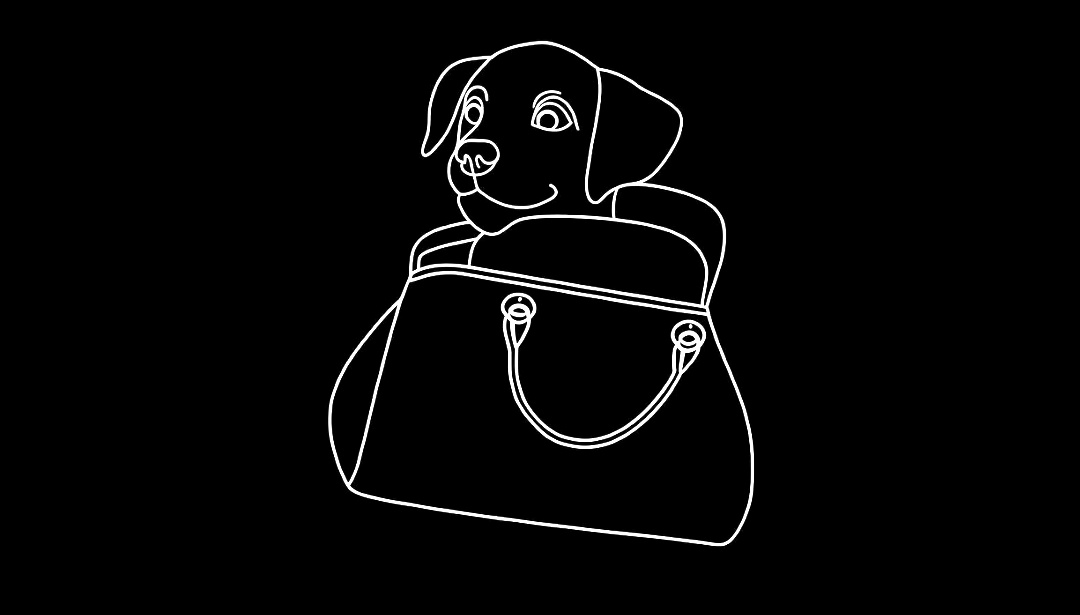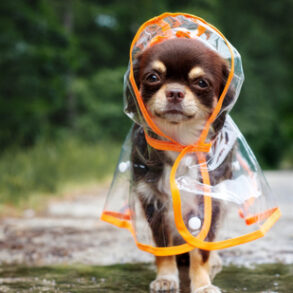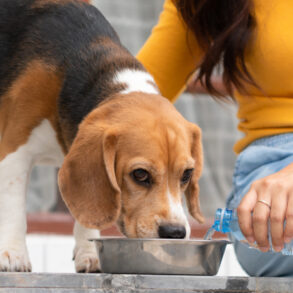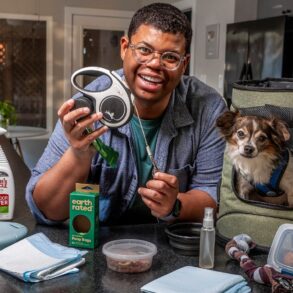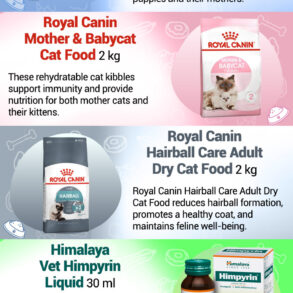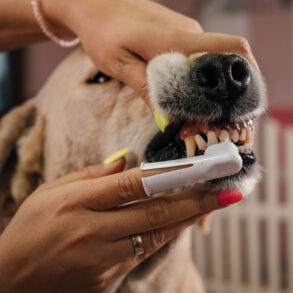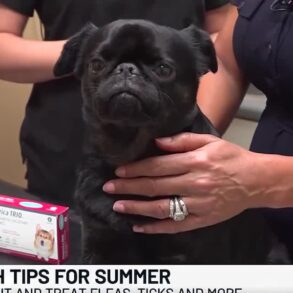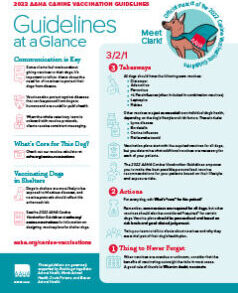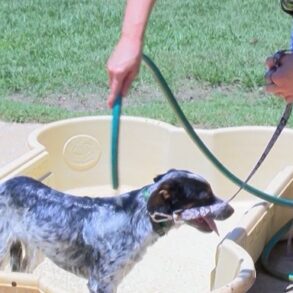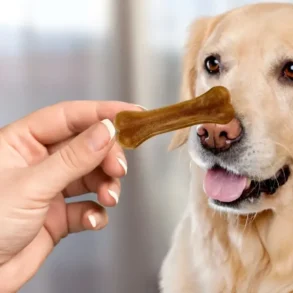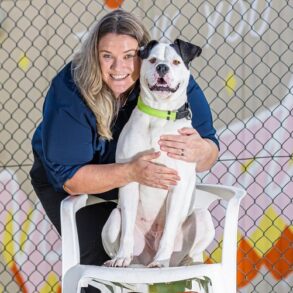It’s a terrifying thought that our beloved pets could be suffering with their health without us realising. After all, they’re not able to speak human and communicate with us.
Thankfully though, a veterinarian has shared simple examination steps you can conduct on your furry friend at home. She also listed the signs to look for when giving your pet the once over.
In the UK, vet consultations typically range from £40 to £60, with prices varying based on the type of appointment and location. So by doing regular checks at home, it could help you determine when a vet visit is needed.
A Spanish vet who goes by “María VetiCan” on social media took to her TikTok page to demonstrate on her own dog, nine year old border collie Murphy, how to conduct a basic health check.
In the video, which has amassed nearly two million views, she said a pet owner should always start “from the front to the back to avoid forgetting things.”
“We start with the nose. Ideally, it should be cold and wet most of the time,” María instructed. “If you suspect your dog has a fever, the nose will be dry and hot.”
Moving onto the mouth area, the vet told her nearly 565,000 TikTok followers to check if the teeth needed cleaning. “The gums should be pink,” she said. “Never red, yellow, white or purple. And when you put pressure on it, it should return to its colour in less than two seconds.”
As a pet owner, you should check the eyes next and look for any discharge that could indicate conjunctivitis, María urged. She further advised to examine the mucous membranes, just like you would’ve previously done with the mouth.
Pet owners should then look inside the ears for any redness, excess wax, or bad smell. “Your dog might have a fever if its ears are very hot,” she said.
María then instructed to check for any lumps in the submandibular area, as inflamed lymph nodes may be present. She emphasised the importance of examining both sides and ensuring symmetry.
The vet continued: “It’s very important to check if the dog is well hydrated. Twist the skin of the neck. Upon release, it should immediately return to its place. If we twist it, and it slowly goes back to its place, the animal is dehydrated.”

(Image: Getty Images)
The vet recommended taking the opportunity to “pamper your dog” while you carefully examine their body for lumps, injuries, and signs of pain by palpating the spine and joints.
She also advised checking the nails to ensure they aren’t too long or ingrown, and to inspect between the claws and pads to make sure everything is in good condition.
Moving onto the abdomen area, María shared: “Massage the area with some pressure. If your dog gets tense, it could mean pain. Check for lumps in the groin and intimate parts.”
María explained that the final step of the at-home pet health check involves taking the animal’s rectal temperature. Normally, the temperature should fall between 37.5 and 39.2 degrees Celsius.
To ensure accurate contact, a small amount of Vaseline is applied and the thermometer is gently inserted to the side. “Get your pet used to this exploration from time to time and reward them so it becomes something positive,” she concluded.
If you have any concerns about your pet’s health, always book an appointment to see a vet or a health professional. When it comes to our beloved companions, it’s better to be safe than sorry.
This post was originally published on this site be sure to check out more of their content.
